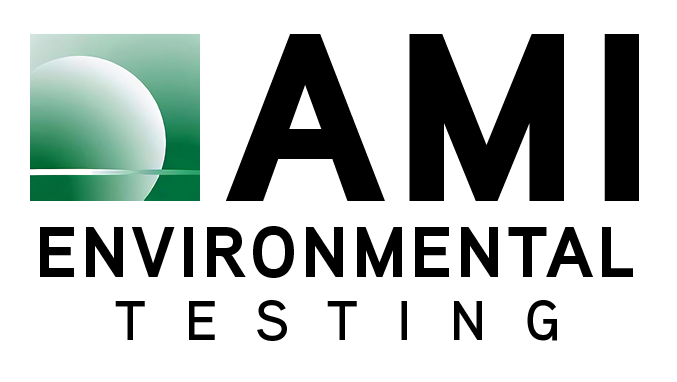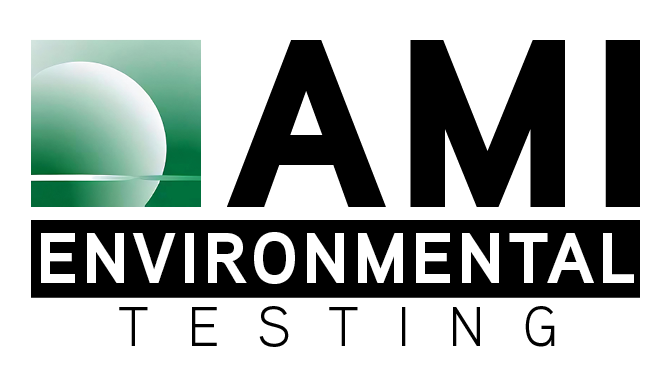An effective Personal Protective Equipment (PPE) Plan is an essential step to protect workers from workplace hazards. According to OSHA, PPE are “designed to protect workers from serious workplace injuries or illnesses resulting from contact with chemical, radiological, physical, electrical, mechanical, or other workplace hazards.
Appropriate PPE varies depending on the industry and specific workplace setup, but common PPE include safety glasses and shoes, hard hats, face shields, goggles, gloves, vests, respirators earplugs, and special clothing like coveralls.
General OSHA industry standards for PPE require that a hazardous risk assessment be conducted to assess the potential dangers in the workplace that require PPE. If you already have a PPE Plan in place it is still important to have risk assessments performed regularly to ensure that your workplace complies with current industry standards and guidelines. After the assessment, the industrial hygienist will be able to tell you if your current PPE Plan is effective enough to reduce workplace risk and protect workers, or if some updates need to be made for compliance with industry standards.
Once an appropriate PPE Plan is in place, it is important to train workers who use the equipment on what PPE is necessary, when the equipment is necessary, and how to use the equipment properly. It is important to stress proper care and maintenance of the PPE and to inform workers of the limitations PPE has in protecting them so they will still be vigilant about safety in the workplace.



